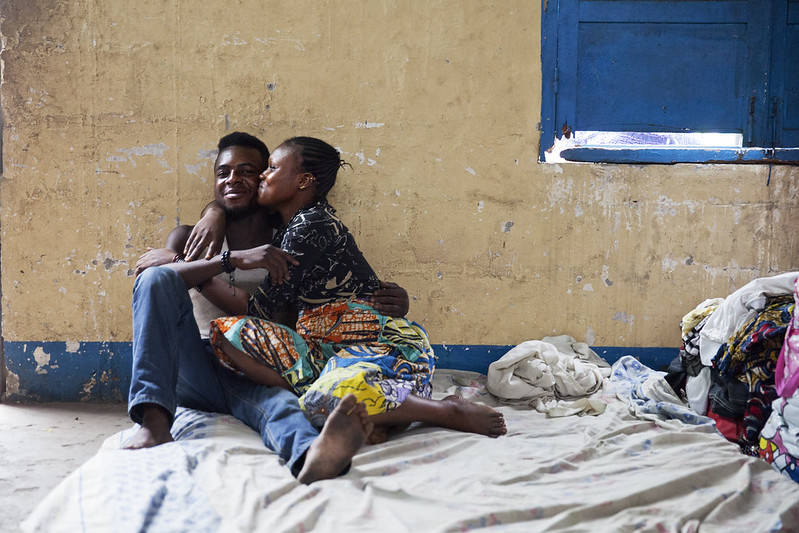



“Investing in adolescent health and wellbeing brings a triple dividend of benefits – benefits for adolescents now, for young people’s future lives and for the next generation.”
Lancet Commission on Adolescent Health and Wellbeing
Adolescence is a time of unique growth and opportunity. With over 25% of the world’s population aged between 10 and 24 years, today’s generation of young people is the largest in human history. How they grow during adolescence will affect not only their own health later in life but the contribution they will make to their societies in the future.
The world in which today’s adolescents are growing up is changing rapidly due to globalisation, urbanisation, digital media, and more accessible education. This has created opportunities but also carries new health risks such as those related to mental health, nutrition and wellbeing. Equally we understand that young people themselves are agents of change in responding to new threats.
The research initiatives on this website describe these changing patterns of health and growth as countries undergo major transitions economically, nutritionally, demographically and epidemiologically. Engagement with partners, supporters and the wider community is fundamental to the success of our research initiatives (both past and current) to ensure that better health for this generation transforms into better health for all future generations.
What is adolescence?
Adolescence stretches between childhood and adulthood. During adolescence, an individual acquires the physical, cognitive, emotional and social capabilities, that provide the foundation for later life health and wellbeing. We define adolescence as 10 – 24 years of age, aligning with patterns of adolescent growth and popular understandings of this life phase.

